Lafayette (; French: [lafajɛt]) is a city located along the Vermilion River in southwestern Louisiana. The city of Lafayette is the fourth-largest in the state, with a population of 127,657 according to 2015 U.S. Census estimates. It is the principal city of the Lafayette, Louisiana Metropolitan Statistical Area, with a 2015 estimated population of 490,488. The larger trade area or Combined Statistical Area of Lafayette-Opelousas-Morgan City CSA was 627,146 in 2015. Lafayette is the parish seat of Lafayette Parish, Louisiana. Its nickname is The Hub City.
The Attakapas Native Americans were the first known inhabits of the land where present-day Lafayette sits. The first European settlement in the area was Petit Manchac, a trading post. Jean Mouton, a French-speaking man of Acadian descent, donated land to the Catholic church where a small Catholic chapel stood. This motivated Lafayette Parish voters in 1824 to select the area surrounding the church as the Lafayette Parish seat. In 1836 the Louisiana Legislature granted Vermilionville (the precursor to Lafayette) incorporation. Enslaved Africans made up a large percentage of Antebellum Vermilionville. According to U.S. Census data, 41 percent of Lafayette Parish was enslaved in 1830, and that number increased to 49.6 percent in 1860. There was a small percentage of free people of color who lived in Lafayette Parish as well, whose numbers ranged from a high of 3 percent to a low of 2.4 percent between 1830 and 1860. In 1884, Vermilionville was renamed for General Lafayette, who fought with and significantly aided the American Army during the American Revolutionary War. The city's economy was primarily based on agriculture. Until and through much of the Civil War, agricultural work was done mostly by enslaved people. After the Civil War, most of this work was done by share cropping until the advent of modern mechanized agricultural tools. In the 1940s, the petroleum and natural gas industries became dominant.
Lafayette is considered the center of Acadiana, the area of Cajun and Creole culture in Louisiana and the United States. It developed following the relocation of Acadians after their expulsion by the British from eastern Canada in the late 18th century following France's defeat in the Seven Years' War. There is also a strong Louisiana Creole influence in the area.
reviews (45)
The violence just gets worse, transportation should go further for people with no car, they should give people chances with there education for free
Senior friendly,always informative about what going on in the city no matter what size you live on.Lots of different cultures active going on.
it's quiet and everyone is friendly
I think the community is great because of the different food and places to go . Also the weather is amazing .

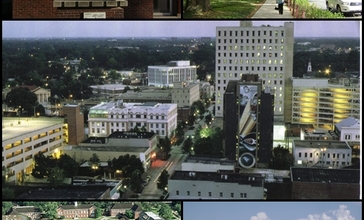
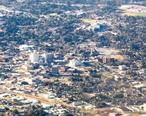
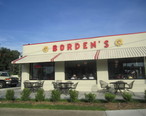
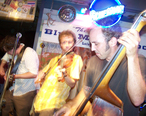

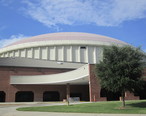


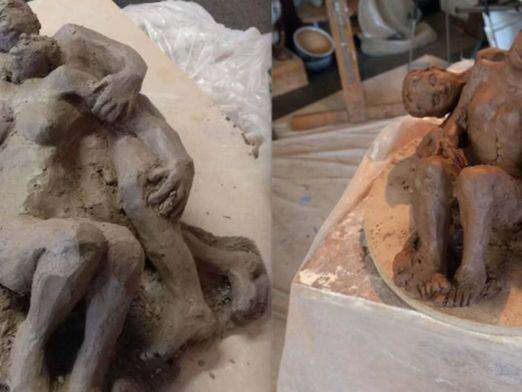






My neighborhood is full of kids and older adults settling down , everyone is respectful of each other and we get along well, even the pets.